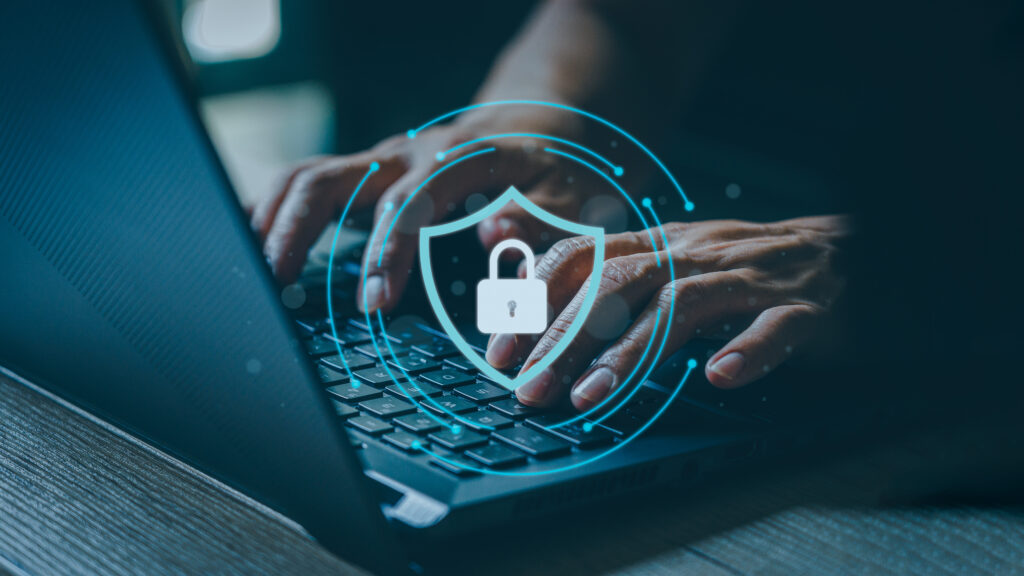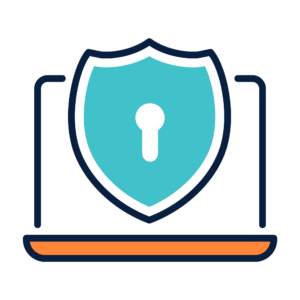
Enhancing Your Cybersecurity: Essential Tips to Protect Your Network
Fortifying Your Online Security in the Rapidly Changing Digital Landscape of 2024
 The digital landscape is evolving at an unprecedented pace, and with it, the threats to your online security. As we dive headfirst into 2024, it’s high time to reassess and reinforce your security practices. In recent years, the world has witnessed an alarming surge in ransomware attacks, cyber-attacks, and data breaches, with notorious incidents like WannaCry and Petya capturing global attention. The digital realm has become a battleground, and it’s crucial to ensure your security practices are not only comprehensive but also correctly implemented. Here, we present a comprehensive guide to protect your network against evolving threats.
The digital landscape is evolving at an unprecedented pace, and with it, the threats to your online security. As we dive headfirst into 2024, it’s high time to reassess and reinforce your security practices. In recent years, the world has witnessed an alarming surge in ransomware attacks, cyber-attacks, and data breaches, with notorious incidents like WannaCry and Petya capturing global attention. The digital realm has become a battleground, and it’s crucial to ensure your security practices are not only comprehensive but also correctly implemented. Here, we present a comprehensive guide to protect your network against evolving threats.
7 Ways to Improve Network Security ——————–
- Create Stronger Passwords
It’s time to bid farewell to “123456” and other easily guessable passwords. Recent debates on password best practices have underscored the importance of creating robust, unique passwords. Your password should be a minimum of 10 characters long, encompassing a blend of random numbers, symbols, and letters. This complexity makes it exceedingly challenging for would-be hackers to breach your accounts. Additionally, consider changing your passwords every 60-90 days. To manage multiple complex passwords efficiently, consider using password managers like LastPass or creating memorable, yet seemingly nonsensical, passwords. - Implement Two-Step Verification
To stay ahead of cyber adversaries, enable multi-factor authentication (MFA) on all accounts that offer it. MFA adds an extra layer of security, making it one step harder for hackers to infiltrate your accounts. Surprisingly, less than 10% of active Google account users use two-factor authentication. This is a valuable and free method to safeguard your accounts. MFA methods can include a PIN, code sent to your email or phone, or answering security questions. - Employ Antivirus and Firewall Solutions
Antivirus and firewalls are familiar terms to anyone who’s ever used a computer. However, in a business environment, relying on free antivirus programs is insufficient. These tools lack the robustness required to effectively block cyber-attacks, and they often fall short of compliance standards like HIPAA. In addition to a reputable antivirus, consider investing in a managed firewall, typically hardware based. Firewalls serve as formidable barriers against unauthorized access, making them a wise investment in network security. - Plan for Backup and Disaster Recovery
Prepare for the unforeseeable—data breaches, natural disasters, or theft—with a robust backup solution. Your network acts as an insurance policy when you have a dependable backup system in place. Avoid situations like the recent ransomware attack on an Indiana hospital that resorted to paying a $55k ransom due to the absence of adequate backups. Backup solutions vary, so ensure yours aligns with your specific needs. Remember, even a basic backup is better than none at all when it comes to protecting critical data. - Stay Updated with System Patches
The discovery of a critical flaw in processor chips in 2018 sent shockwaves through the tech industry. This incident affected nearly every device and prompted manufacturers to scramble for updates and patches. In an era of advancing technology and evolving hacker tactics, maintaining up-to-date systems is paramount. Ignoring update notifications poses a substantial risk. Keep all your devices, from smartphones to PCs to smart home gadgets, up to date to minimize vulnerabilities. - Exercise Caution with Email Attachments
Even when an email appears to originate from a reputable source, exercise caution with attachments. Phishing attacks have become more sophisticated and harder to detect in recent years. The golden rule: don’t open attachments or click on links in emails unless you’ve verified their legitimacy. Err on the side of caution when in doubt. - Promote User Awareness
In the ever-changing world of cybersecurity, one unwitting employee can bring your entire network to a halt. User awareness is the foundation of network security. Regular training, raising security awareness, and fostering a cybersecurity culture are vital. Encourage employees to question anything that appears suspicious and act accordingly. Keep security policies straightforward and understandable to ensure compliance.
In 2024, safeguarding your digital assets is non-negotiable. We live in an era where technology and data underpin much of our lives, making robust cybersecurity practices imperative. By implementing these security measures, you can shield your network from cyberattacks and data loss. If you find yourself grappling with the complexities of network security, don’t hesitate to reach out to us. We’ve successfully assisted numerous Managed Service Provider (MSP) clients in implementing these and other security measures, and we’re here to help you too.
Related Articles: